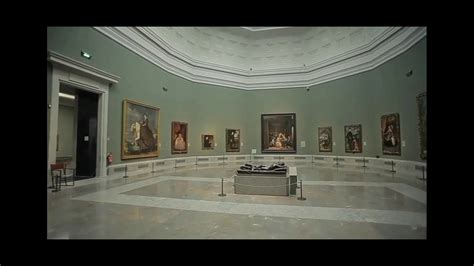In recent years, the fusion of technology and cultural engagement has reshaped the way we interact with art and historical artifacts. The rise of virtual tours, particularly exemplified by the recent initiative at El Prado Museum, marks a significant milestone in this journey. Virtual tours not only democratize access to culture but also offer a nuanced platform for experiencing art from every corner of the globe. This digital transformation is deeply rooted in the broader trends of digitization and the valorization of cultural services, supported by significant financial injections from initiatives like Spain’s Next Generation EU financing. The success of such projects underscores the critical role of integrated technology in cultural preservation and accessibility.
The Prado’s virtual tour, underpinned by the National Recovery and Resilience Plan, is more than just a touristic novelty; it is part of a grander vision to make culture accessible and inclusive. The tour enables users to experience the museum’s offerings from their homes, reducing physical barriers that might otherwise restrict cultural consumption. It’s an educational resource and a testament to the power of digital tools in bridging geographical and socio-economic divides. For many, the convenience and accessibility of such tours symbolize a progressive shift towards more inclusive cultural engagement, aligning with broader societal moves towards digital solutions post-pandemic.
One intriguing aspect of virtual tours, as brought to light by user comments, is the potential they offer for interaction beyond mere observation. For example, the integration of features like VR experiences and detailed art analytics, such as X-ray views of paintings, provides a multi-dimensional view of art that is traditionally accessible only to professionals. This technological enhancement not only enriches the user experience but also enhances educational value, allowing for a deeper understanding of art techniques and history.
Despite the advancements, the debate around open data and digital rights in the context of cultural heritage is vigorous. As one user noted, the practice of making collective heritage digitally available is still a contentious topic, with varying degrees of openness among institutions. This discrepancy highlights the need for standardized digital practices that ensure both the preservation of and access to cultural data. The open API initiatives by some museums represent a move in the right direction, yet the call for more comprehensive access to raw, manipulable cultural data continues to grow, advocating for a future where culture is truly a communal, interactive asset.
Furthermore, comparing El Prado’s virtual tour with other global initiatives, such as the interactive experiences offered by Google Arts & Culture, can illuminate the varying degrees of tech integration in cultural dissemination. Each platform offers distinct features and levels of engagement, from detailed zoom capabilities to panoramic views, reflecting the evolving landscape of digital cultural experience. This variation not only represents the technological possibilities but also poses the question of standardization in digital cultural experiences.
Moving forward, the ongoing development of virtual tour technologies and their integration into cultural institutions pose exciting potential for future projects. Imagining a future where each piece within museum archives can be explored in detail through digital means beckons a new era for cultural heritage—one where access is unlimited and learning is enhanced. The trajectory of this digital revolution in cultural spaces is closely watched by educators, technologists, and cultural advocates alike, making the intersection of technology and culture one of the most dynamic fronts in the digital age.


Leave a Reply